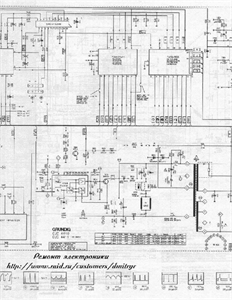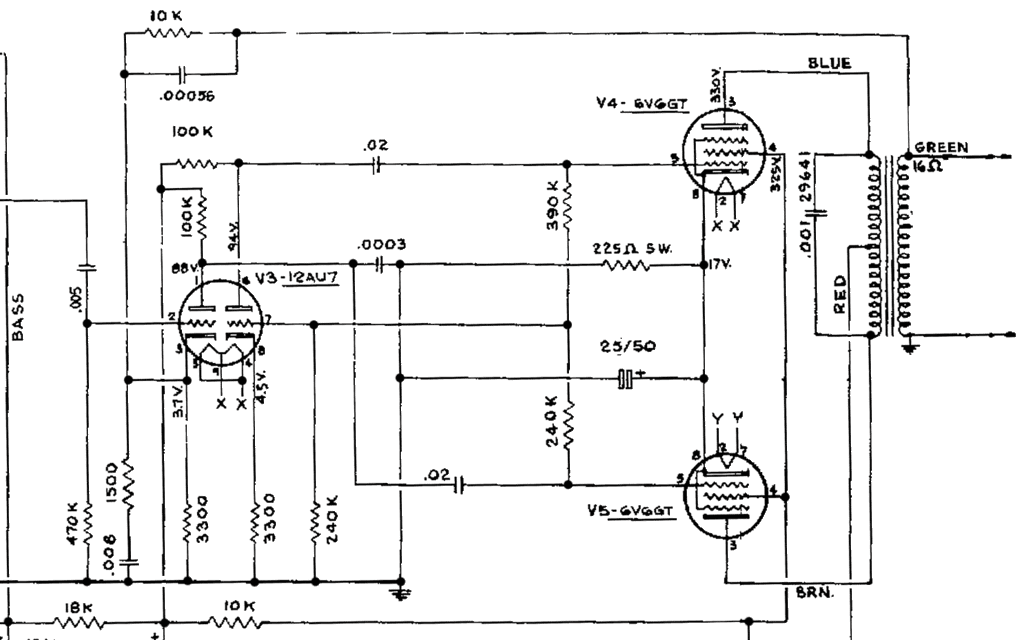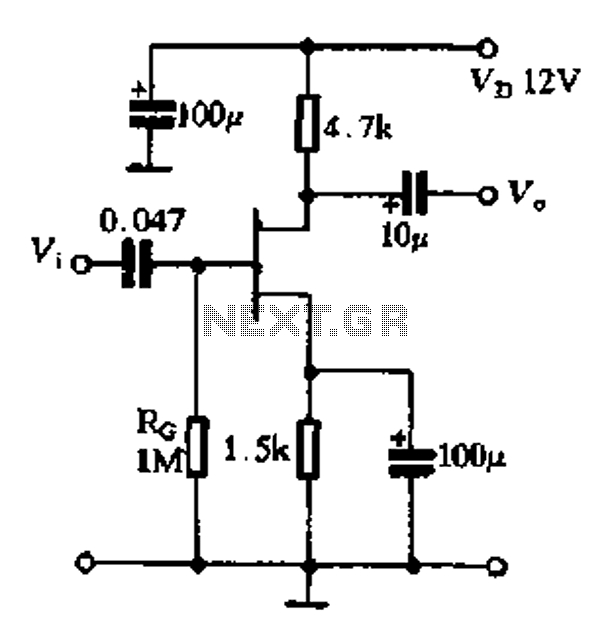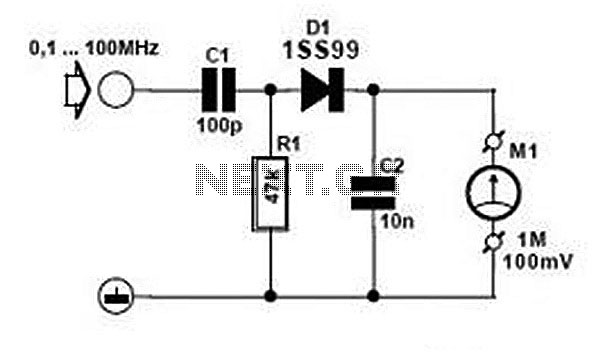
A Very Useful Timed Beeper Circuit Schematic
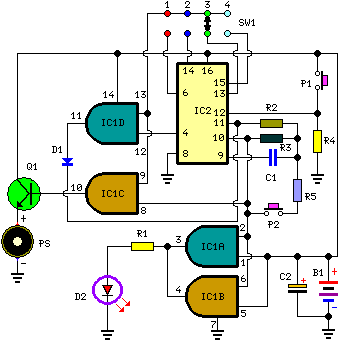
This circuit is designed to provide alerts after a predetermined time interval. It is ideal for tabletop games that necessitate a fixed duration for answering questions or moving pieces. In this context, it serves as a contemporary alternative to the traditional hourglass. Additionally, it is beneficial for time management during activities such as children's tooth brushing (typically two minutes), cooking, and various other applications.
The circuit operates using a timer IC, such as the 555 timer, configured in monostable mode. Upon activation, the timer initiates a countdown based on the resistor-capacitor (RC) time constant set by external components. The output of the timer can be connected to an audible alerting device, such as a buzzer or speaker, which will sound once the time elapses.
For enhanced functionality, the circuit can incorporate a variable resistor to allow users to adjust the timing duration, making it versatile for different applications. Additionally, an LED indicator can be included to provide a visual cue when the timer is active and when the time has elapsed. The power supply for the circuit can be sourced from a standard battery or an AC adapter, depending on the intended use.
In applications such as games, the circuit can be housed in a compact enclosure with user-friendly controls for setting the timer. For dental hygiene, the circuit can be integrated into a toothbrush holder that activates the timer when the toothbrush is placed in position. In kitchen settings, it can be mounted on a wall or countertop, providing a reliable timing solution for cooking tasks. Overall, this circuit offers a practical and efficient means of managing time-sensitive activities across various scenarios.This circuit is intended for alerting purposes after a certain time is elapsed. It is suitable for table games requiring a fixed time to answer a question, or to move a piece etc. In this view it is a modern substitute for the old sandglass. Useful also for time control when children are brushing teeth (at least two minutes!), or in the kitchen, and so on 🔗 External reference
The circuit operates using a timer IC, such as the 555 timer, configured in monostable mode. Upon activation, the timer initiates a countdown based on the resistor-capacitor (RC) time constant set by external components. The output of the timer can be connected to an audible alerting device, such as a buzzer or speaker, which will sound once the time elapses.
For enhanced functionality, the circuit can incorporate a variable resistor to allow users to adjust the timing duration, making it versatile for different applications. Additionally, an LED indicator can be included to provide a visual cue when the timer is active and when the time has elapsed. The power supply for the circuit can be sourced from a standard battery or an AC adapter, depending on the intended use.
In applications such as games, the circuit can be housed in a compact enclosure with user-friendly controls for setting the timer. For dental hygiene, the circuit can be integrated into a toothbrush holder that activates the timer when the toothbrush is placed in position. In kitchen settings, it can be mounted on a wall or countertop, providing a reliable timing solution for cooking tasks. Overall, this circuit offers a practical and efficient means of managing time-sensitive activities across various scenarios.This circuit is intended for alerting purposes after a certain time is elapsed. It is suitable for table games requiring a fixed time to answer a question, or to move a piece etc. In this view it is a modern substitute for the old sandglass. Useful also for time control when children are brushing teeth (at least two minutes!), or in the kitchen, and so on 🔗 External reference

